Poson Poya Festival: A Celebration of Buddhism and Sri Lankan Heritage
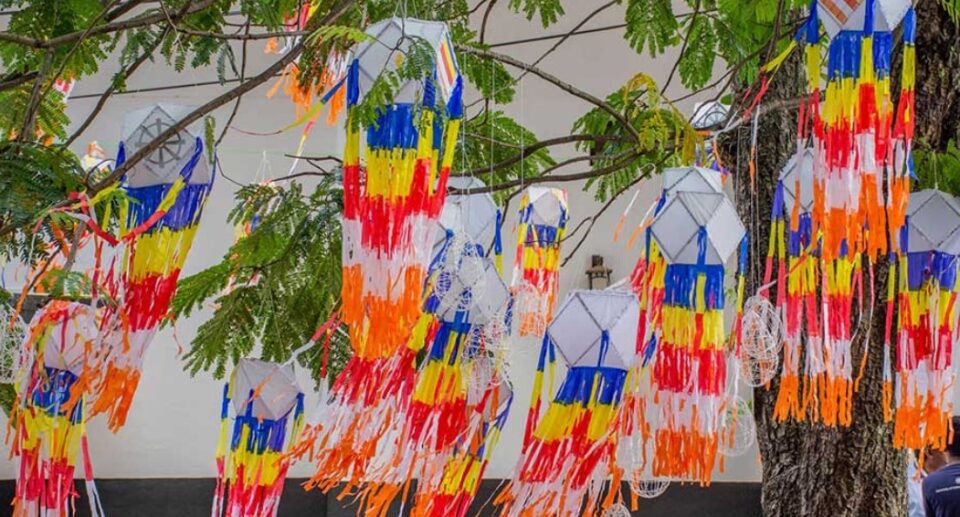
The Poson Festival, known as Poson Poya in Sinhala, is both one of the most sacred and most festive Buddhist festivals celebrated in Sri Lanka. Commemorated on the day of the full moon of the Poson month (usually in June), the festival commemorates the introduction of Buddhism to Sri Lanka by the Indian Emperor Ashoka’s son Arahat Mahinda Thera in the 3rd century BCE. It ranks second only to Vesak in spiritual significance and marks a turning point in the island’s religious, cultural, and historical past.
Historical Significance
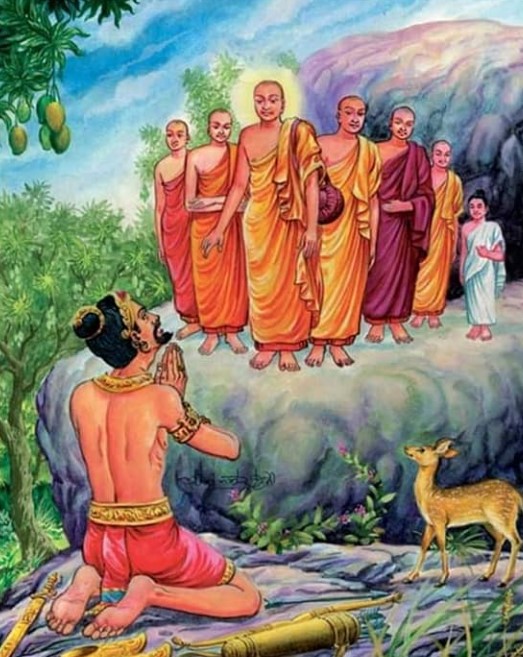
The turning point that Poson commemorates is the arrival of Arahat Mahinda and his first encounter with King Devanampiyatissa at Mihintale, a hill near Anuradhapura. According to the Mahavamsa (the Great Chronicle of Sri Lanka), in 247 BCE Emperor Ashoka, who had embraced Buddhism following the bloody Kalinga War, sent his son Mahinda as a missionary to spread the Buddha’s teachings.
King Devanampiyatissa was on a hunting trip when he encountered Mahinda and his entourage. Employing a sequence of questions and philosophical debate, Mahinda questioned the wisdom and religious readiness of the king. Having been persuaded by the profundity and merit of the Buddha’s teachings, the king embraced Buddhism as the religion of Sri Lanka.
This phenomenon is not only regarded as a spiritual rebirth of the island but also the origin of Sri Lanka’s moral and cultural values. It led to the construction of stupas, temples, monasteries, and the development of a rich Buddhist literary heritage that continues to shape Sri Lankan life today.
Religious Observances and Practices
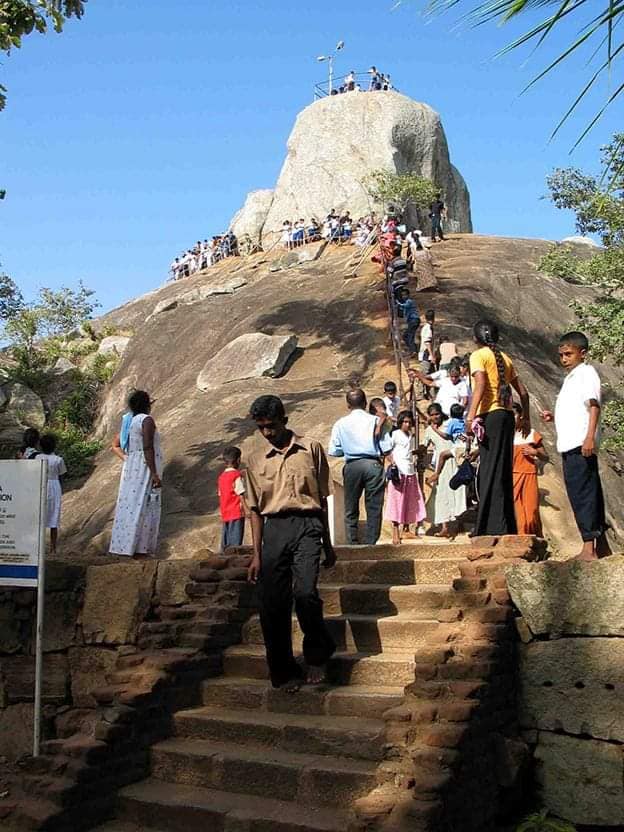
Poson is a very spiritual occasion marked by religious observances, acts of merit, and pilgrimages.
- Pilgrimage to Mihintale
The most symbolic site associated with Poson is Mihintale, which is also popularly referred to as the “Cradle of Buddhism” in Sri Lanka. Thousands of pilgrims go to Mihintale every year, climbing the many steps to the top where Arahat Mahinda first preached the Dhamma.
The site becomes a center of religious activity with: Meditation sessions, Dhamma discourses, Sil campaigns (cultivating higher moral precepts), Dana (almsgiving) for monks and pilgrims
The air is serene, despite the gigantic crowds, and the entire mountain is aglow at night with lanterns and oil lamps.
- Sil watching
Throughout Poson Poya, many Buddhists observe Ata Sil or Dasa Sil (the Eight or Ten Precepts) and spend the entire day at temples or meditation centers. They dress in white, abstain from worldly pleasures, and devote their time to:
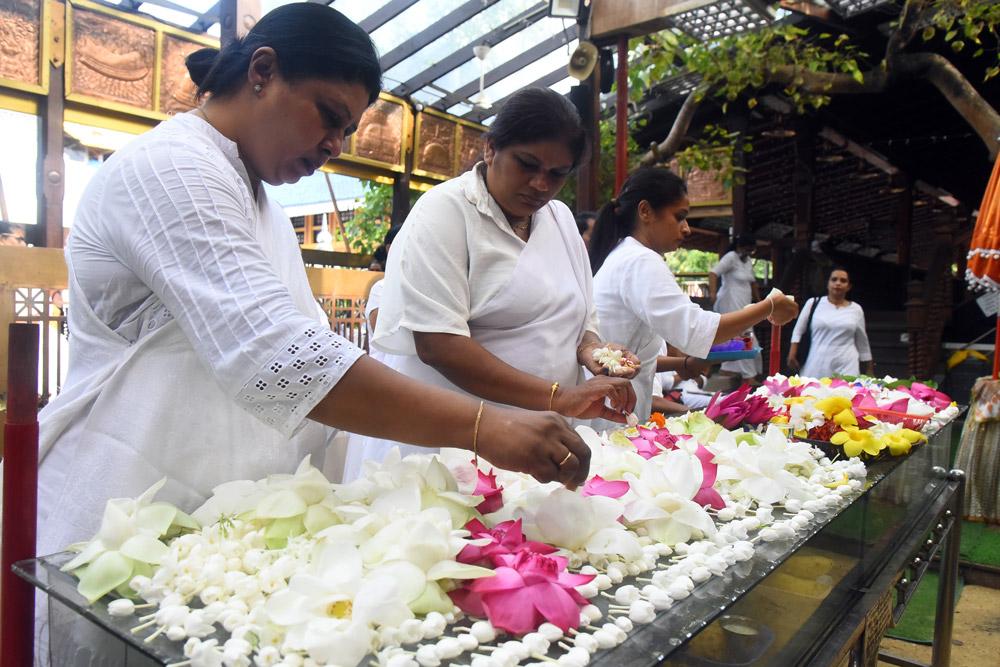
Meditation, Hearing Dhamma talks, Chanting, Reflecting on the teachings of the Buddha.Observation of Sil is considered a way of cleansing the mind and acquiring merit towards a higher rebirth.
- Dhamma Sermons and Discussions
Dhamma Desana (religious sermons) is organized by temples throughout the nation, whereby monks and scholars interpret the Buddhist teaching, the significance of the mission of Arahat Mahinda, and the path to enlightenment. These sermons are disseminated far and wide through public spaces as well as even national media outlets.
Poson Celebrations Throughout the Country
Though the headquarters is Mihintale, Poson is seen all over Sri Lanka, but particularly in the North Central Province where Buddhism first bloomed. The festival is known for religious devotion and cultural celebration.
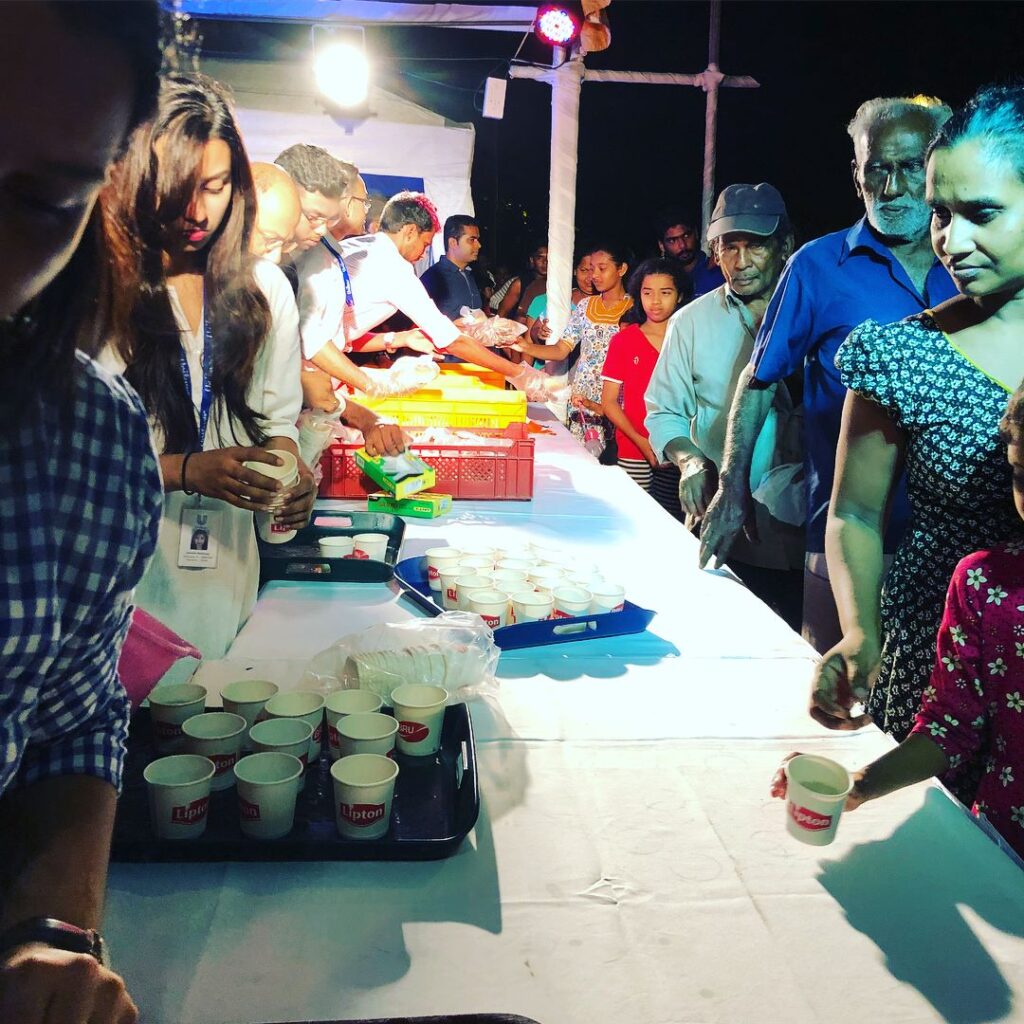
- Dansalas – Acts of Generosity
One of the most visible and altruistic traditions of Poson is the establishment of Dansalas, or alms-giving stalls, by individuals, families, and social organizations. The stalls serve free food and drinks to pilgrims and strangers, demonstrating the Buddhist principle of Dana (giving).
Some of the popular food items offered are: Rice and curry, Buns and tea, Ice cream and cold drinks, Herbal porridge (Kola Kenda)
Dansalas are ways in which common folk are able to practice merit-making, reinforce social bonds, and preserve the communal ethos of sharing.
Pandals and Lanterns
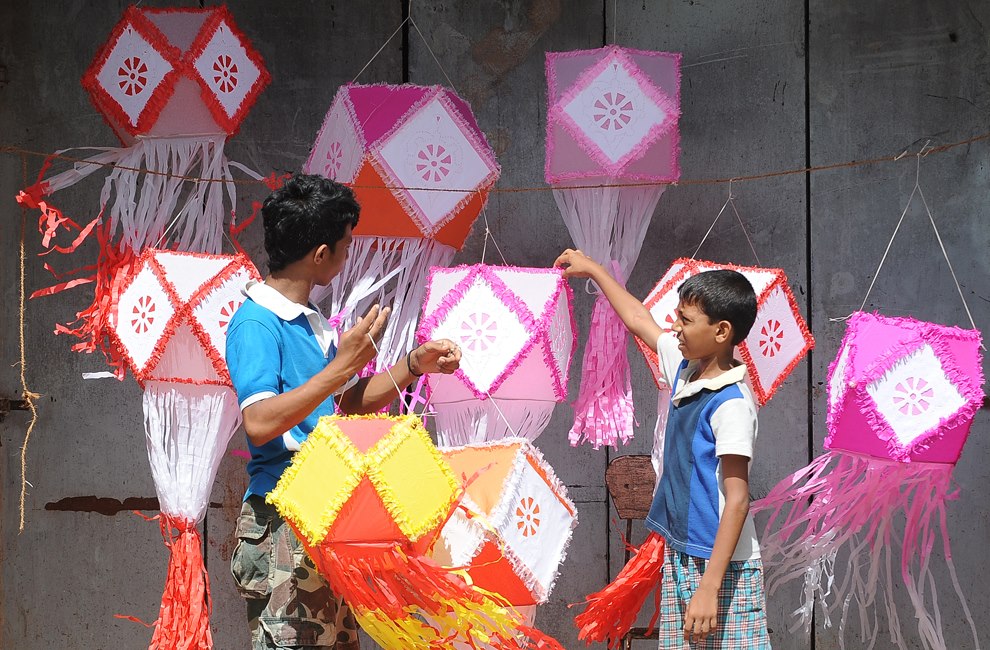
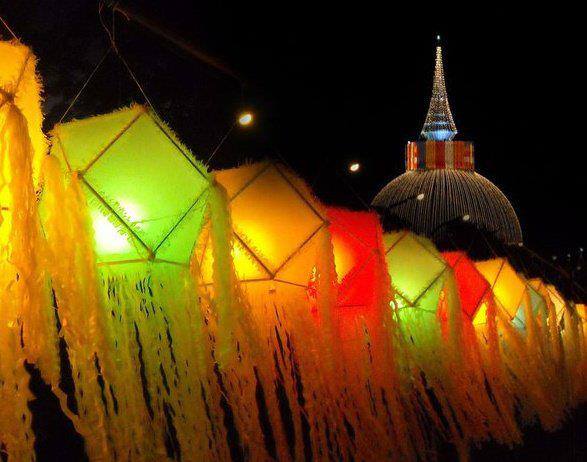
Similar to Vesak, Poson is also a festival of light. Roads and villages are filled with Poson pandalstastefully constructed storyboards illuminated with electric lights and depicting scenes from Arahat Mahinda’s life and the early history of Sri Lankan Buddhism.Lanterns, both basic and advanced, hang from houses and roads, symbolizing the light of wisdom that dispels the darkness of ignorance. As a bonus, there are also lantern competitions to engage the youth.
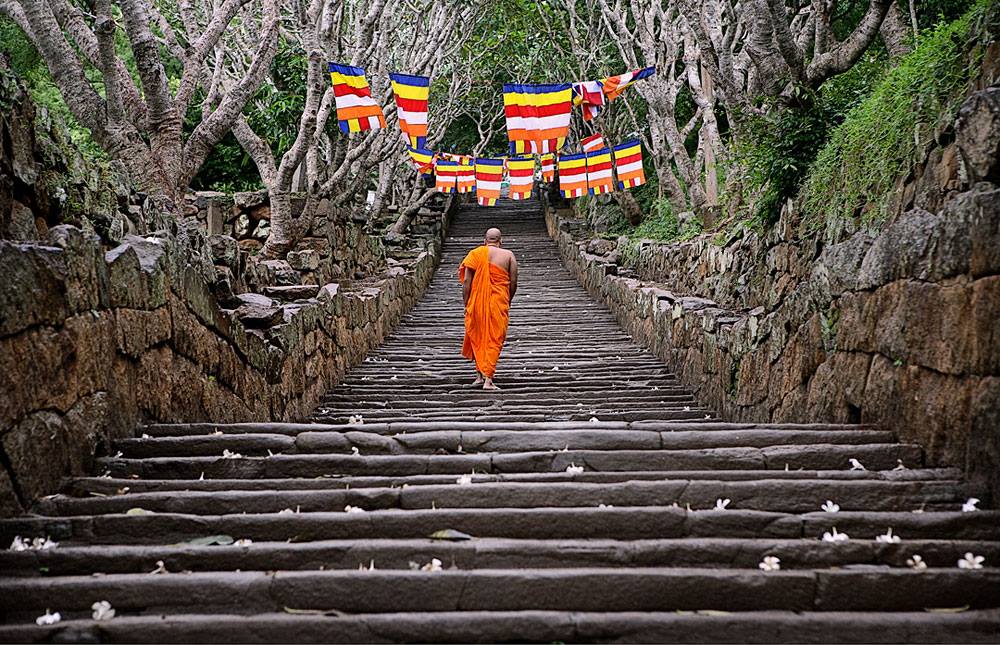
Cultural and Social Significance
Apart from its religious connotations, Poson reinforces most of the values that form the basis of Sri Lankan society.
- Promotion of Ethical Living
By sil, almsgiving, and listening to sermons, Poson cultivates moral consciousness, which means stimulating people to reflect on what they do, say, and think. Stimulating the virtues of compassion, generosity, and non-violence brings about a more cohesive community. - Strengthening of Community Bonds
Poson allows room for all people of every age and background to come together in collective celebration and service. The villages unite to create Dansalas or decorate temples, children help with lantern-craft, and the elders lead prayers and rituals. Intergenerational relationships are a manifestation of Sri Lankan culture. - National Identity and Heritage
Poson is a reminder of Sri Lanka’s Buddhist heritage and its ancient link with India, namely the Mauryan Empire. The continued observance of this festival for over two millennia is a reflection of the nation’s robust religious tradition and cultural pride.
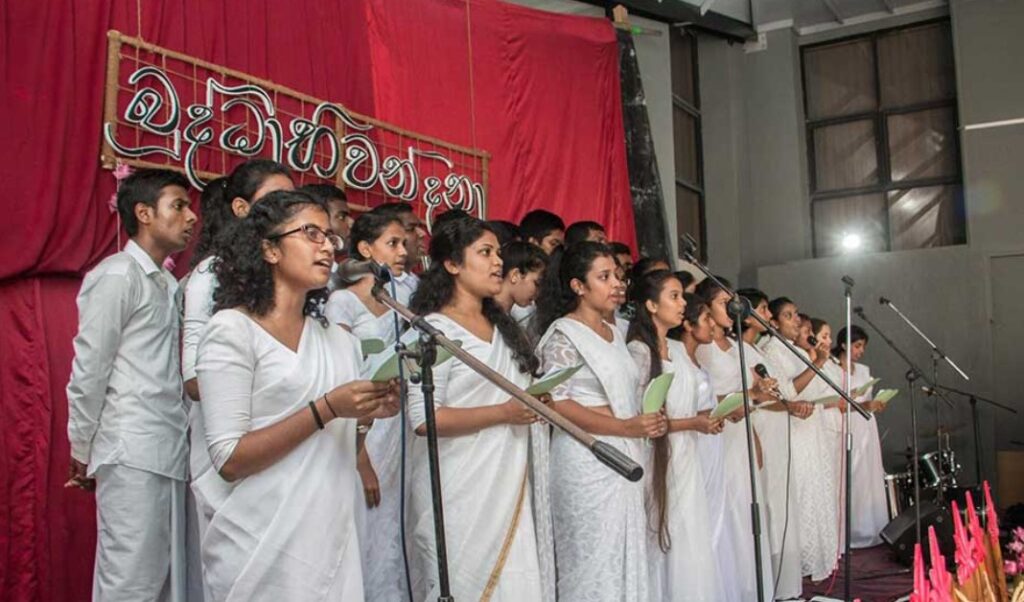
Environmental and Modern Concerns
In the past few years, consciousness to make Poson an ecologically friendly event has grown. With plastic cups and thousands of lanterns and electric lights being used by Dansalas, environmentalists have called for:
Use of recyclable material
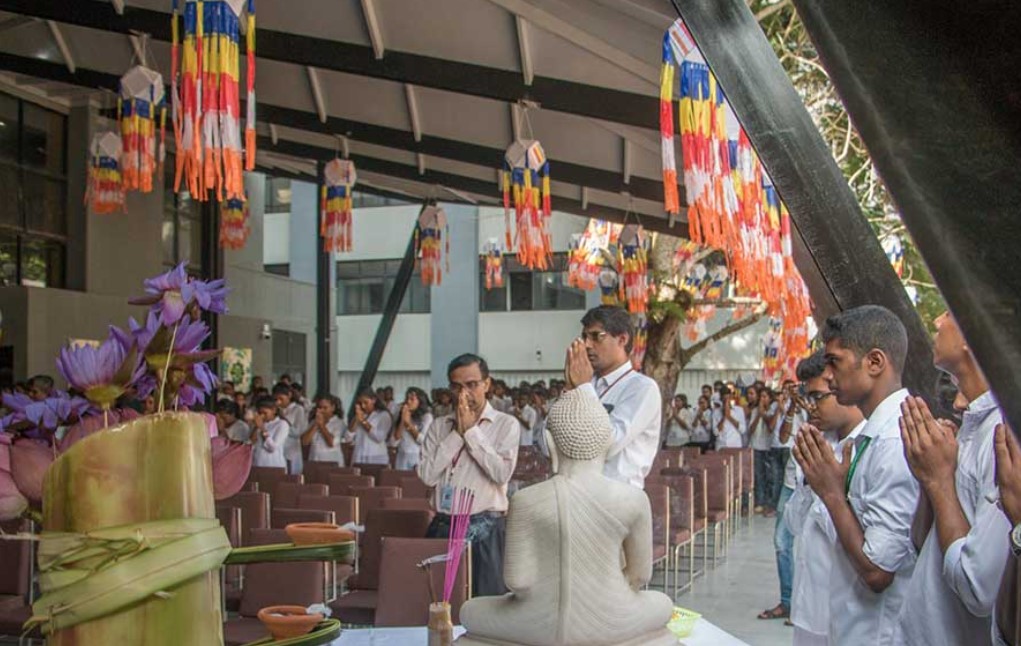
campaigns against wastefulness
propagation of environmentally friendly behavior among mass events Government and Buddhist community alike have lent a helping hand to make the effort so that Poson continues to be a festival of religious purity but also of ecological consciousness.
A Beacon of Light and Wisdom
Poson Festival is not just a commemoration of something that has happened in the past it is a spiritual rebirth, a recollection of Sri Lanka’s heritage, and a reaffirmation of Buddhist values that encourage millions. While pilgrims climb Mihintale and worshippers light up lanterns all over the island, the Poson spirit the dissemination of Dhamma (truth), the call to wisdom, and the exercise of compassion—is lit up.
More than two thousand years after Arahat Mahinda’s momentous visit, the torch of Buddhism is still alight in the hearts of Sri Lankans, and Poson remains a sacred season of renewal, reflection, and festivity.
| Observed by | Sri Lankan Buddhists |
|---|---|
| Significance | Commemoration of the spread of Buddhism to Sri Lanka. |
| Begins | Early June |
| Ends | Early June |






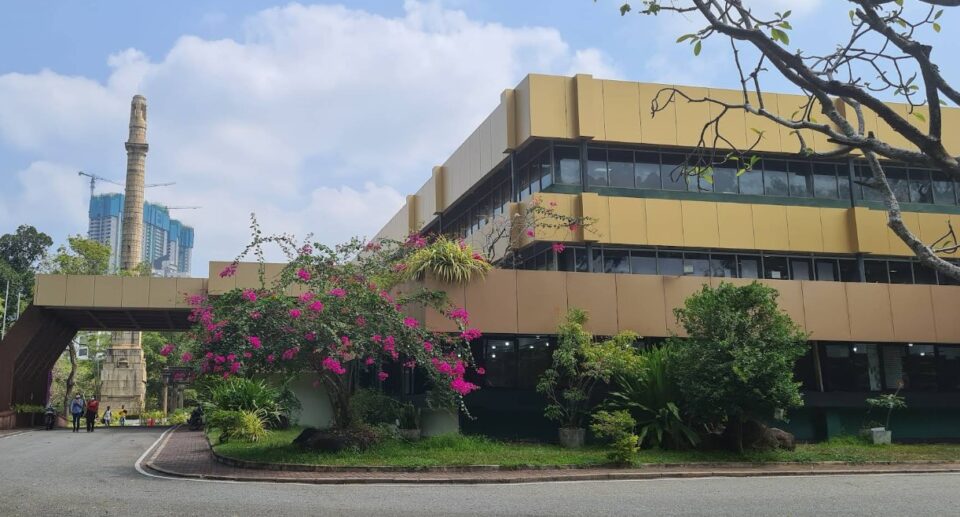


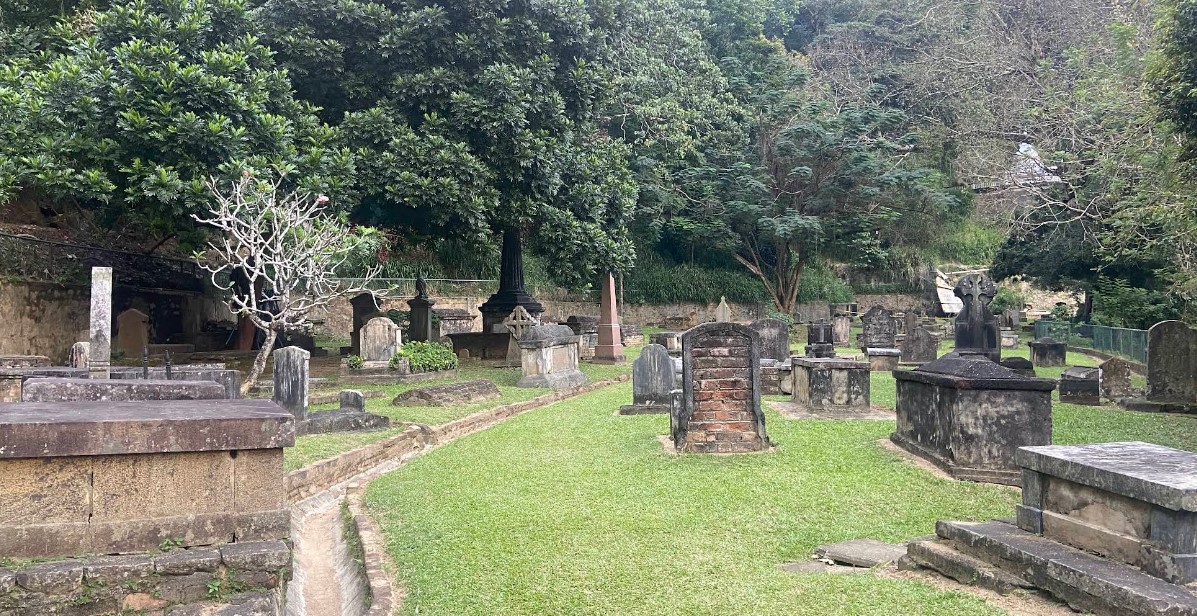
1 Comment
This web site is mostly a stroll-via for all of the info you wished about this and didn’t know who to ask. Glimpse right here, and also you’ll undoubtedly discover it.